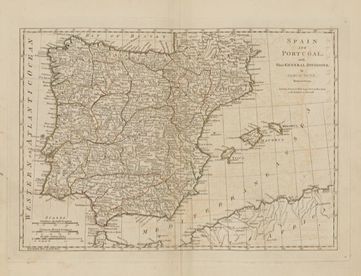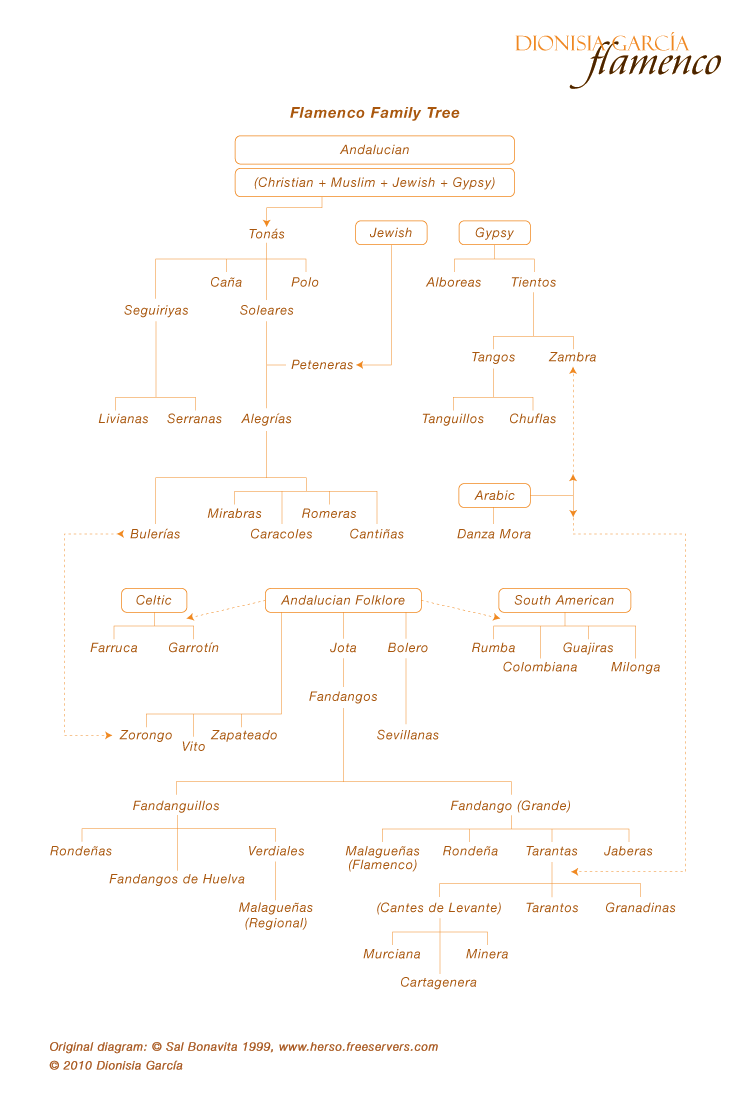The history of Spanish culture, through migration and cultural diffusion. An ‘Old World’ Melting Pot.
The NYC of Ancient Europe.
The NYC of Ancient Europe.

Spain, specifically southern Spain was a haven for peoples from all over the Mediterranean world. It is evident in its culture today. Several cultures left their imprint on Spanish culture, as many groups entered the peninsula, making it a ‘Melting Pot’ an eclectic land; a mosaic of cultures coming together to create a lasting mural. Early on in Spanish history, the Iberians (not sure if they were indigenous or not), the Phoenicians, the Celts, the Greeks, the Carthaginians (same cultural group as the Phoenicians!), the Romans, the Germanic tribes of the Visigoths and Vandals, not to mention the Moors. The Iberians were first to make the Iberian Peninsula home. We do not know exactly who the Iberians were. Some believe that they were direct descendants of the prehistoric people of the peninsula, a mix of the Greek and Phoenician colonies that were established on the peninsula, or they migrated early on from North Africa. The Phoenicians, who came from the other side of the Mediterranean Sea, where Israel and Syria (Southwest Asia), colonized the peninsula in early 1100 B.C. They founded vital trading posts in southern Spain, such as ports of call at Málaga, Carteya, and Cádiz. The greatest contribution of the Phoenicians was that they introduced a written alphabet. The name España or Hispania has its root in a Semitic word. The Phoenician and Greek colonization of the peninsula were impactful. They brought their cuisine and systems of governing and living. The Greeks made their way to southern Spain for trading and colonization. They established several cities there including Emporium and Rhodes. Then came the Celts who migrated to the Iberian Peninsula from Northern and Western Europe in 1000 B.C., and they made a second migration around 500 B.C. Then came the Romans, leaving the biggest impact on southern Spanish culture, until the Moors rolled in. The Romans (from the Italian Peninsula) brought with them their laws, customs, and language and imposed it on their subjects. Latin became the dominant language of the peninsula, and it is from Latin that Spanish evolved. When the Roman Empire declined, it left room for the Germanic tribes of the North. By 409 A.D. Germanic tribes entered the peninsula, making their way down to the Straits of Gibraltar. The two most influential Germanic tribes were the Vandals and the Visigoths. They did not leave a strong cultural imprint because they were culturally very Roman, but left their blonde hair/blue eye DNA behind. Jewish culture arrived in Southern Spain, as a result of the Diaspora of 132 AD. Upon arrival, the Jews (known as the Sephardim) coexisted on the Iberian Peninsula, established strong community ties, and influenced those around them through academic and cultural achievement. Needless to say, their songs and music of worship impacted those around them as well. The southern Spanish ‘Melting Pot’ would not be complete without the Moors in the mix. This group dethroned the Germanic king. The Moors (Arabs) came from across North Africa, and left their mark in Spanish music, dance, architecture, and language. The language of the Moors was Arabic. Besides Latin, it was the most influential culture in the development of southern Spanish culture. During Muslim rule, Jews and Christians lived harmoniously among them, where the musical influences of the three groups, created a unique sound, eventually becoming the sound of Spain, embodying the spirit of the nation. However, under sporadic execution by Muslims and Christians, Jewish music and song took on sounds of anguish, which can still be heard in the cries and crescendo of the music of Southern Spain. Roma gypsies, or Gitanos also made their way into Spain, giving the peninsula a sultry character. Later on, a sparse number of sub-Saharan black African trickled in in small numbers, adding their musical beats and foods to the fusion. As a result of these various groups from three continents converging in southern Spain, the area now boasts of the finest music, foods, and dance, like flamenco of all of Europe. Flamenco embodies the spirit of the inhabitants of the peninsula. Southern Spain was the first ‘Melting Pot’ of the ‘Old World’; The NYC of Europe. Today southern Spain echoes the voices and embodies the spirit of its past residents. The region speaks to the souls and sounds of its past, and is captured in the imagination and sensuality of its present people. And across the pond, NYC, mirrors southern Spain, the ‘Melting Pot’ of the ‘Old World.’
-Cristina Velazquez-Colon (2018)
©Copyright Dionisia Garcia, 2020. All Rights Reserved.






